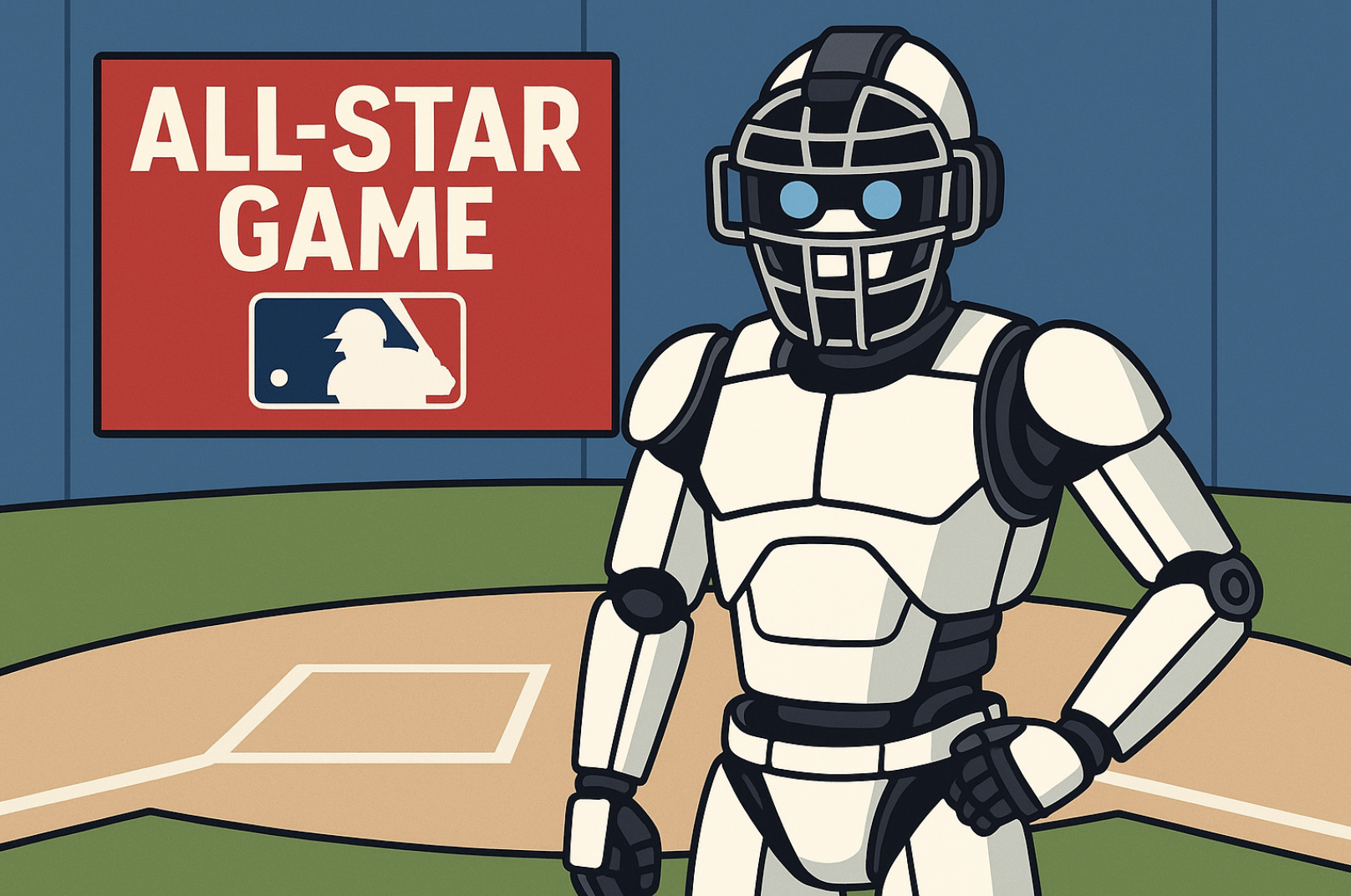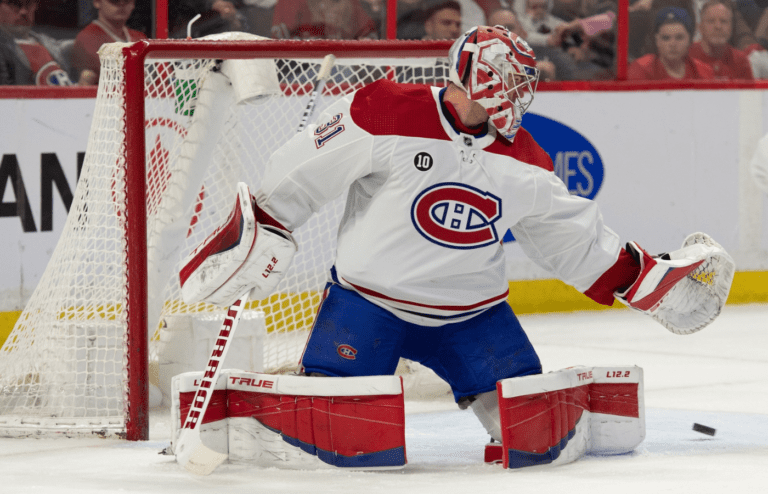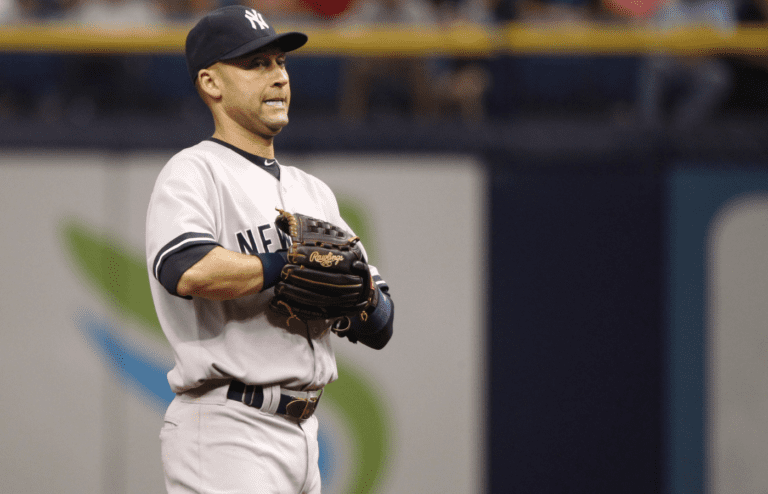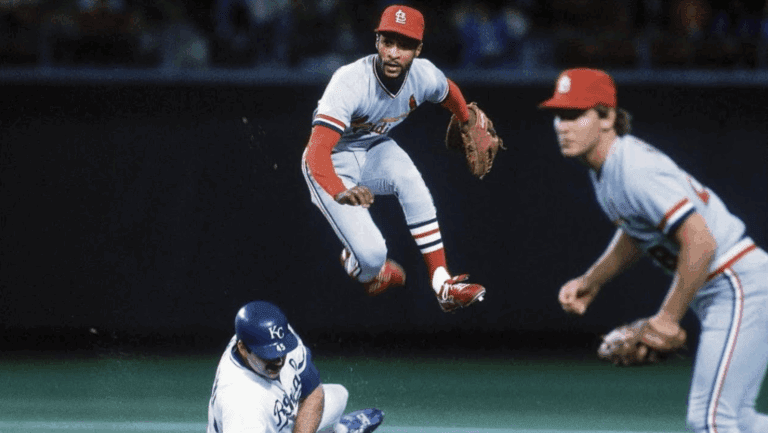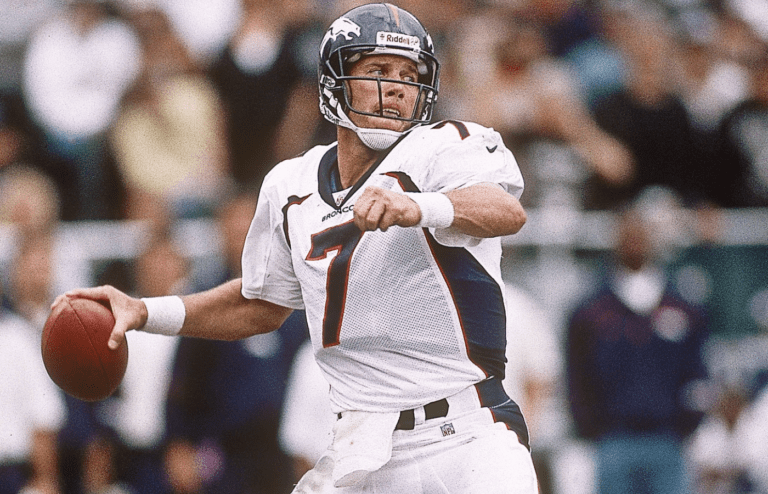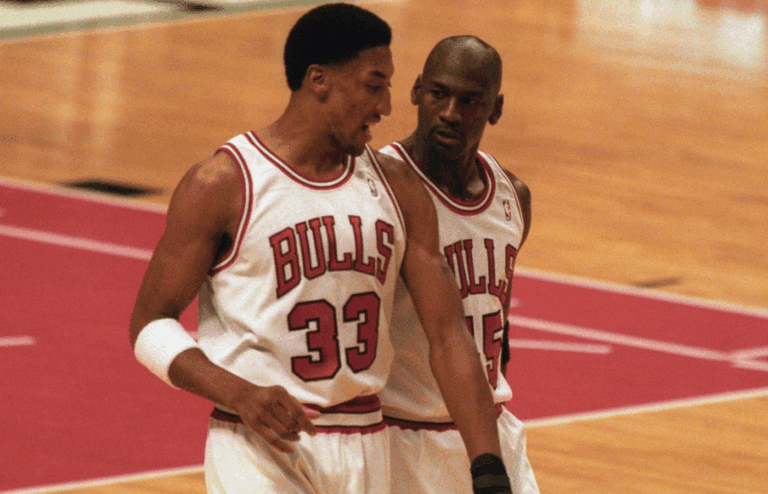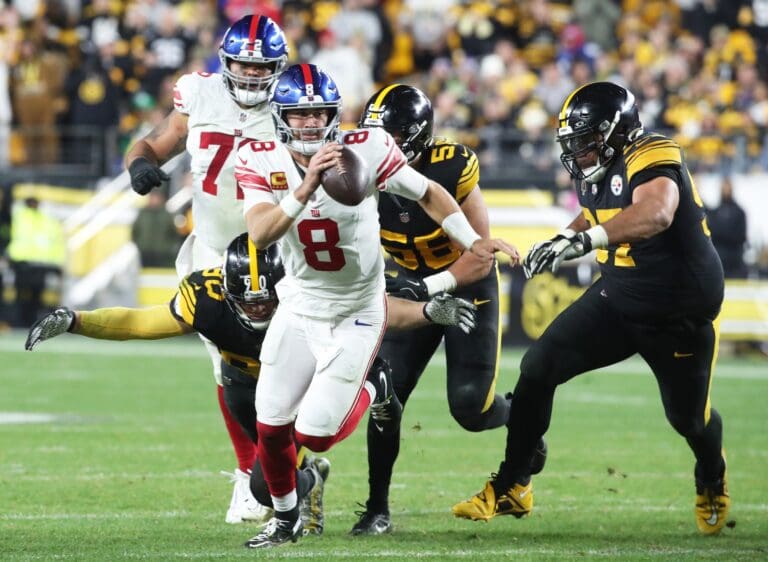For the first time in history, robot umpires will take the field at the MLB All-Star Game. Marking a significant step in baseball’s ongoing tech evolution. The Automated Ball-Strike System (ABS), long tested in the minor leagues is making its high-profile debut during Tuesday night’s All-Star clash.
Each team will be allowed two challenges per game, and they’ll retain their challenge if it’s successful. The system has already been used in spring training and minor league contests, and the results have been mixed but intriguing.
“I have this thing where I think everything is a strike until the umpire calls it a ball,” joked Tarik Skubal, this year’s AL starting pitcher and Cy Young frontrunner.
MLB Players Weigh In; Praise, Criticism, and a Few Jokes
Not all players are sold on the system. Pittsburgh’s Paul Skenes, the NL’s All-Star Game starter, admitted that pitchers might not be the best judges.
“Pitchers think everything is a strike. Then you go back and look at it, and it’s two, three balls off. We shouldn’t be the ones challenging,” he said.
Meanwhile, Clayton Kershaw, a future Hall of Famer with three Cy Youngs, gave the ABS system cautious approval after experiencing it during rehab starts. His main concern? Making sure strike zones are personalized by height, especially when players like Aaron Judge and Jose Altuve are at opposite ends of the spectrum.
Read More: Shohei Ohtani Snaps in Rare Dispute With Umpire Over Strike Call
How It Works: The Strike Zone Gets a Redefinition
MLB has defined the automated strike zone with precision:
- Top: 53.5% of a batter’s height
- Bottom: 27% of their height
- Measured: At the plate’s midpoint (8.5 inches in from front and back)
This is a stark contrast from the traditional “cube” defined in the official rule book and used by human umpires.
In spring training tests, teams won 52.2% of their challenges. Batters won half of their 596 attempts. Catchers had the best challenge success rate (56%), compared to pitchers at just 41%.
Joe Torre, legendary Yankees manager and now honorary AL All-Star coach, supports the ABS. A key figure in MLB’s expansion of video replay back in 2014. Torre says the league couldn’t ignore the push for accuracy in the age of digital scrutiny.
“You couldn’t sit and make an excuse for, ‘Look at what really happened’ the next day,” he said.
Still, the baseball lifer couldn’t resist a smile when reminded of controversial calls that benefited his Yankees. An example, like Tino Martinez’s grand slam in the 1998 World Series or Derek Jeter’s fan-aided home run in the 1996 ALCS.
“Possibly,” Torre grinned when asked if he was glad there was no robot ump in those games.
A Glimpse of the Future of MLB Officiating
While MLB Commissioner Rob Manfred hasn’t made it official. He confirmed that the league’s 11-member competition committee will soon review the ABS system for potential full-time use in 2026.
For now, baseball fans and players will get a front-row seat during the All-Star Game to see just how accurate and controversial these robot umps can be.
One thing is certain: the strike zone will never feel quite the same again.
Read More: Ranking All 30 MLB Teams by How Often They Blame the Umpires

